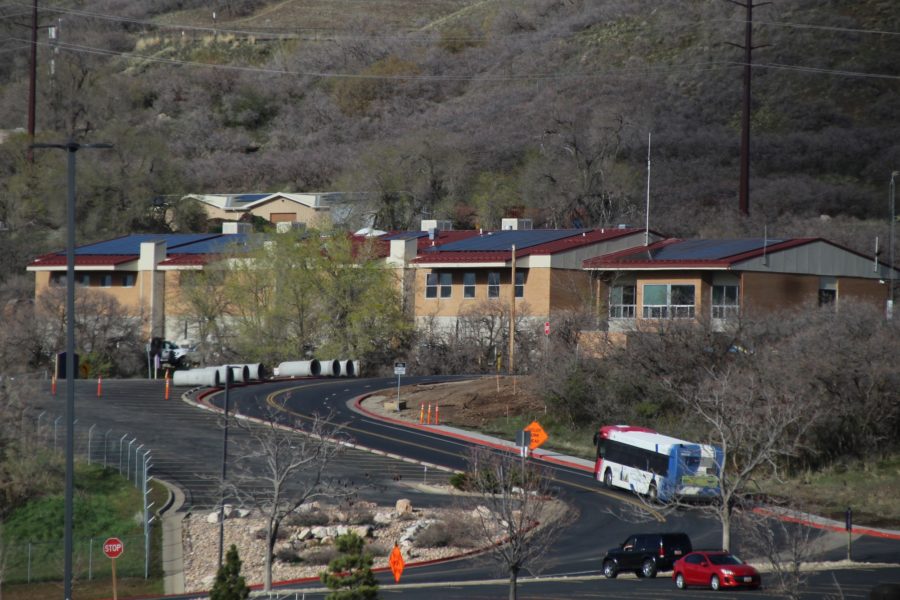Weber State University first opened its doors in 1889, long before it was ever known as WSU.

Originally, it opened under the name Weber Stake Academy and has gone through a few name changes since then. It was established by the Church of Jesus Christ of Latter-day Saints as an education center for elementary and high school classes with an emphasis in training future teachers, which is a legacy it has carried forward.
The first day of classes was Jan. 7, 1889. They took place at a red-brick church meetinghouse on the southwest corner of Grant Avenue and 26th Street in Ogden. Ninety-eight students were enrolled for classes that day. The first president, Louis Moench, is now memorialized in stone with a statue that greets students as they enter the campus through the central Ogden campus walkway.

Weber Stake Academy then had many quick name changes, becoming Weber Academy in 1902, Weber Normal College in 1918 and Weber College in 1922. By the late 1920s, the college had entered some financial hardships. In 1931, the state passed legislation that acquired Weber College from the church.
The school did not move to its present location until 1954. Before that, it was located entirely in downtown Ogden. The new location allowed for more room for the exponential growth that resulted from the booming post-war era.
Weber College became Weber State College in 1962 and gained status as a four-year college in 1964. In 1991, it finally became Weber State University, and the Davis campus opened in 1997.

The campus has been extensively expanded and renovated since the early 2000s, and many of the modern buildings at the Ogden campus carry names of influential Ogden residents and university donors.
Elizabeth Hall is named in honor of Elizabeth Dee Shaw Stewart, a longtime supporter and benefactor of the university and the Ogden community, who passed away in 1996.

The Tracy Hall Science Center is named for H. Tracy Hall, an Ogden native and Weber College graduate. Hall is credited with creating the first successful laboratory process to manufacture synthetic diamonds. He went on to hold 19 patents and receive numerous awards for scientific achievement.
When the social science building was undergoing renovation, John E. Lindquist, president of Lindquist Mortuaries and Great Western Insurance, pledged $5 million to help create the building that now bears his name. Lindquist Hall opened in January 2019.

The Browning Center for Performing Arts bears the name of Val A. Browning, another university benefactor. He was born in Ogden in 1885 and inherited his family legacy of designing and innovating firearms and held 128 patents — the Browning name is recognizable today as a hunting and fishing gear brand. He passed away in 1994.
The latest addition to campus is the Noorda Engineering, Applied Science and Technology Building, which bears the name of another inventor and innovator, Ray Noorda. He is best known as the father of network computing. Born in Ogden in 1924, Noorda went on to become the CEO of Novell Technology and led a team that created a groundbreaking file-sharing system and operating system.

The Noorda Engineering, Applied Science and Technology Building is expected to open in fall of 2022.




















